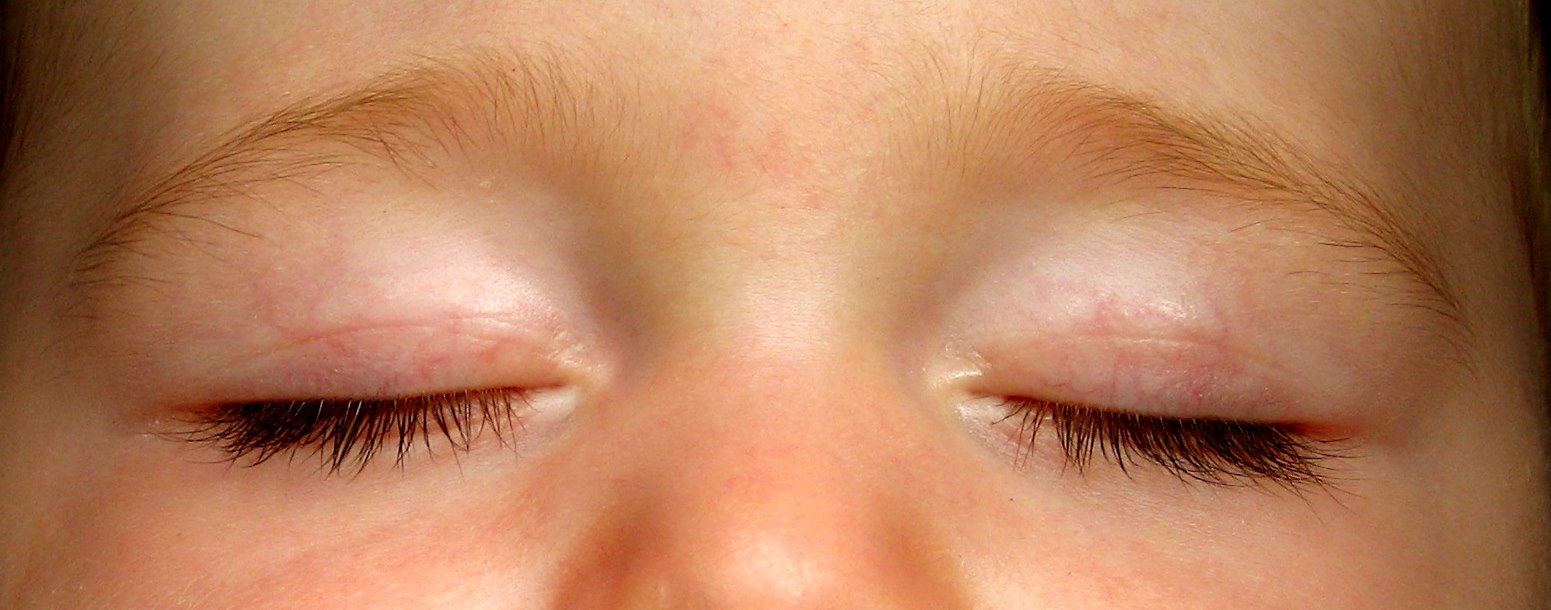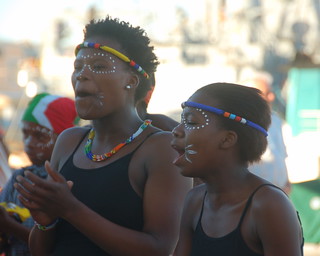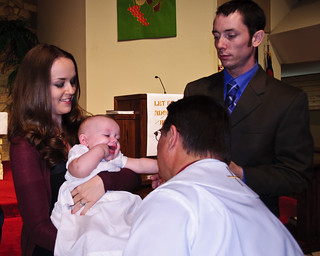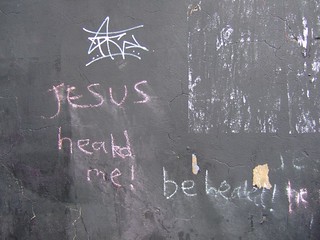There’s a beautiful story that I heard not too long ago. The tale recounts the birth of a young man in a small village in Africa. The tribe varies in the telling, but the story is apocryphal, so it is to be expected.
A young woman decides it is time to have a child. She begins the preparations not with the gathering of clothing or building a crib. She begins by going apart from her people to discover the song of this new life. She sits beneath a tree or in the shade of a rock — the locale varies as the tribe. When the song comes to her, she sings it until she knows it like her own name.
Returning to her village, she shares the song with her husband. They sing it together each night before they go to sleep. The child is conceived to their singing. When he is born nine months later, he is surrounded by villagers who have learned the song while waiting for his birth.
He knows the words by the time he knows where to find water and how to find food. He knows the tunes like he knows the sounds of the animals that share the savanna or the arid hills with him and his tribe.
If the child falls, or hurts his knee, someone picks him up and sings his song. As a way of honoring this person as he grows up, the people of the village sing his song. When he comes into manhood, his song is sung by his friends, his tribe as a way to celebrate who he has always been and who he has become.
In the life of the child, there is one other occasion upon which the villagers sing to a person.
If he were to commit a crime, harm a member of his tribe, or commit some other aberrant social act, the individual is called to the center of the village and the people in the community form a circle around them.
Then they sing his song to him once more.
The tribe recognizes that the correction for antisocial behavior is not punishment; it is love and the remembrance of identity. When you recognize your own song, you have no desire or need to do anything that would hurt another.
Correction or Punishment?
Too often, we heap disdain upon the person who is harming because he is hurting. We punish the person who is lashing out because she has been lashed herself.
The community has a tendency to clamp down upon the individual and destroy the individualism in favor of the rules and regulations of the community. This isn’t a horrible thing. It is how society has determined that we wear clothes to cover our nakedness, that we put trash into containers and not the sidewalks, and that we don’t take things that don’t belong to us.
But we must be careful. The goal is to reduce individualism, but not to destroy the individuality. You see, the community is not made up of clones. The church is called to be “like-minded” but not “just-alike-minded.”
Malidoma Patrice Some is the African author of the book Of Water and the Spirit. She writes, “Individuality, not individualism, is the cornerstone of community. This means that a person and his or her unique gifts are irreplaceable. The community loves to see all of its members flourish and function at optimum potential. To honor and support its members is in the self-interest of any community.”
Identity
In the moment of baptism, we find that unique-to-us-but-similar-to -every-other-disciple identity to which God calls us. When we baptise infants, we entrust the shaping and forming of that identity to the parents, but we make covenant as the church to do the same.
So, too, when we come to the Common Table for the sharing of bread and the cup, we often find there the healing oil of anointing. We are called to repent, remember, and rejoin the community as we take our place at the table. But we are also offered the joy of healing, the joy of reclaiming wholeness.
Healing is often mistaken for the simple restoration of bodily ailment. But the body is only a portion of the soul. You have a body. You possess spirit. You think with your mind.
You are a soul.
Re-imaging in Christ
And the healing that Jesus offered to us is the healing of the soul. And while that sometimes resulted in the regeneration of sight and the recovery of abilities, it isn’t the goal. That is a side-effect.
What is most vital is the re-imaging of the Creator upon our very souls. You and I were created in the image of the Almighty. When we sin, we scrub and scruff that image. We mar its edges and blur its lines. But with the coming of the Christ, we were more than reminded of the image we bear. We were reinhabited by that image, for Christ took on the likeness and form of humanity to make it holy once more.
Whether we face our demons or just the plank-eyed saint who stares back at us from the mirror every morning, our healing comes as a reminder of who were called to be in the moment of our baptism.
Sometimes it takes a few years. Each infant baptized will have all of that identity explained to him or her in a process we call confirmation. He will have the option to claim that identity for himself or herself. And when he falls, when she stumbles, our job is to remind him or her of his identity.
Remember your baptism and keep it holy. It is the mark and reminder of who you are and who you are called to be. That’s certainly a tall order, and one that can be difficult to fill.
Sometimes, we fail outright.
The good news is that Christ died for our sins while we were yet sinners, proving God’s love toward us. And it is in the name of Christ that we are forgiven. It is in the name of the Christ that we are healed.
So today, we move from baptism to community to healing to community again. The line is sharp and distinct, running from one to the next. Whether you are walking towards the font, the table, or the healing touch of Christ, let your heart take joy in the fact that the presence of the Christ is real in each place.
















Recent Comments